In 1636 the Japanese authorities relocated all Portuguese traders to a newly created island called "Dejima" (which means "Exit Island" in Japanese and is written 出島 in Chinese characters).
The forced relocation of Portuguese traders was part of a process of "national seclusion" that was established by the Tokogawa Shogunate to separate most of the Japanese population from foreign influence while maintaining a strictly controlled trading relationship with Europe and China.
Europeans Arrive In Japan
The Portuguese first visited Japan in 1543 and introduced matchlock guns to the Japanese.
Next came the Spanish Jesuite missionary Francis Xavier, who introduced Christianity into Japan in 1549. By the end of the century there were around 300,000 Japanese converts, mainly in Kyushu.
In 1609 Dutch traders established a trading post at Hirado, northern Kyushu (part of Nagasaki Prefecture), and four years later the British East India Company opened up shop in the same port.
Japan Enters An Era Of Self-Isolation
By then, however, Tokugawa Ieyasu had been shogun for six years and was busy developing his isolationist policy, and so Dejima, an artificial island, was constructed.
Three years later, however, the Portuguese were expelled from Japan under suspicion of fermenting unrest among the Japanese converts.
Then, in 1641 the Dutch were relocated to the island and Hirado shut down as a centre of foreign trade. Dejima remained the sole port for European trade until the forcible reopening of Japan in 1858.
After that, Dejima ceased to be a trading post and an island as it was largely absorbed into the expanding city of Nagasaki.
The Dejima Restoration Project
Since 1946 there has been a project to return Dejima to its former island status and restore it to its former glory, but as part of the tourist trade rather than the import-export trade.
Anyway, enough of the history, here I am about to cross the (reconstructed) bridge from Nagasaki city to Dejima, part of which you can see in the background:
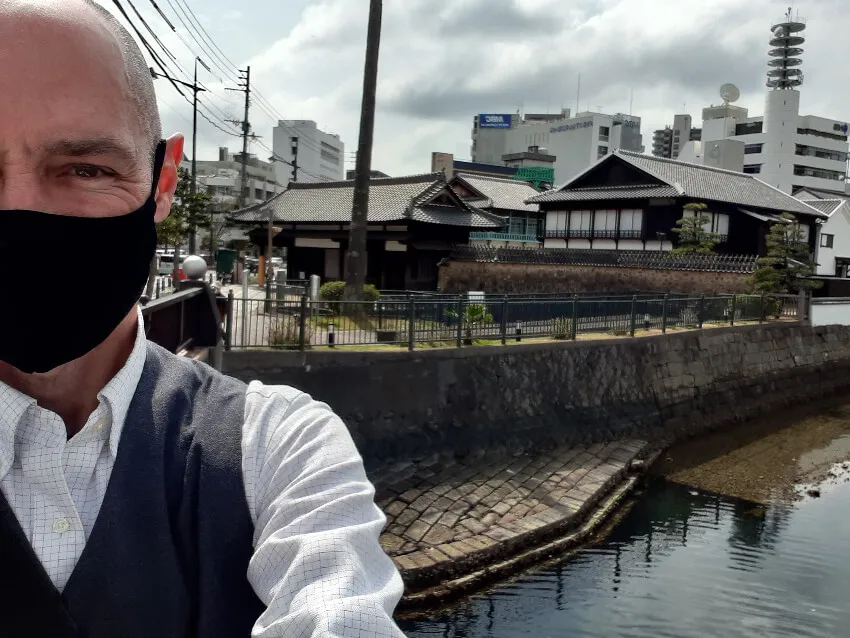
Over the bridge we go... I'm not convinced that this is a faithful reproduction of the original verion, though...
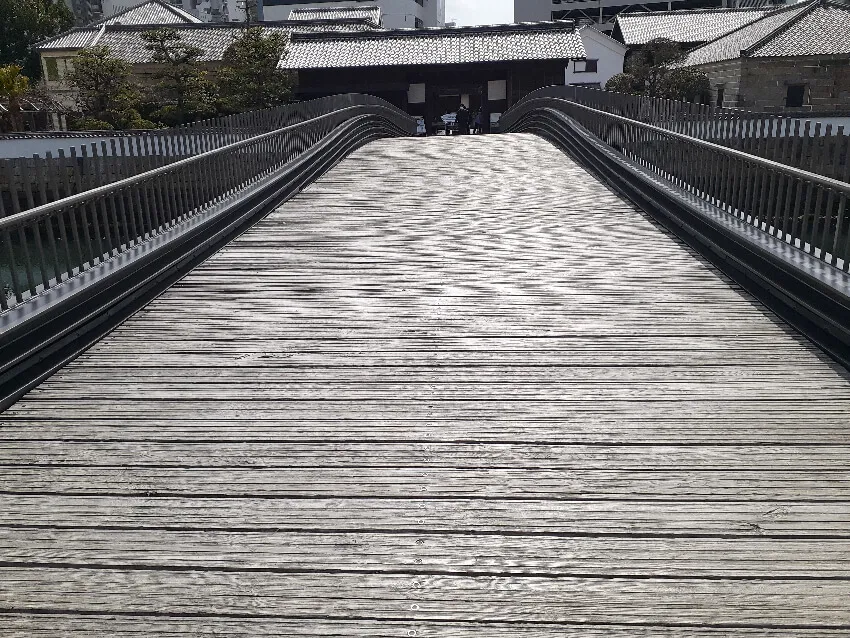
Here is a ground plan of Dutch Dejima.
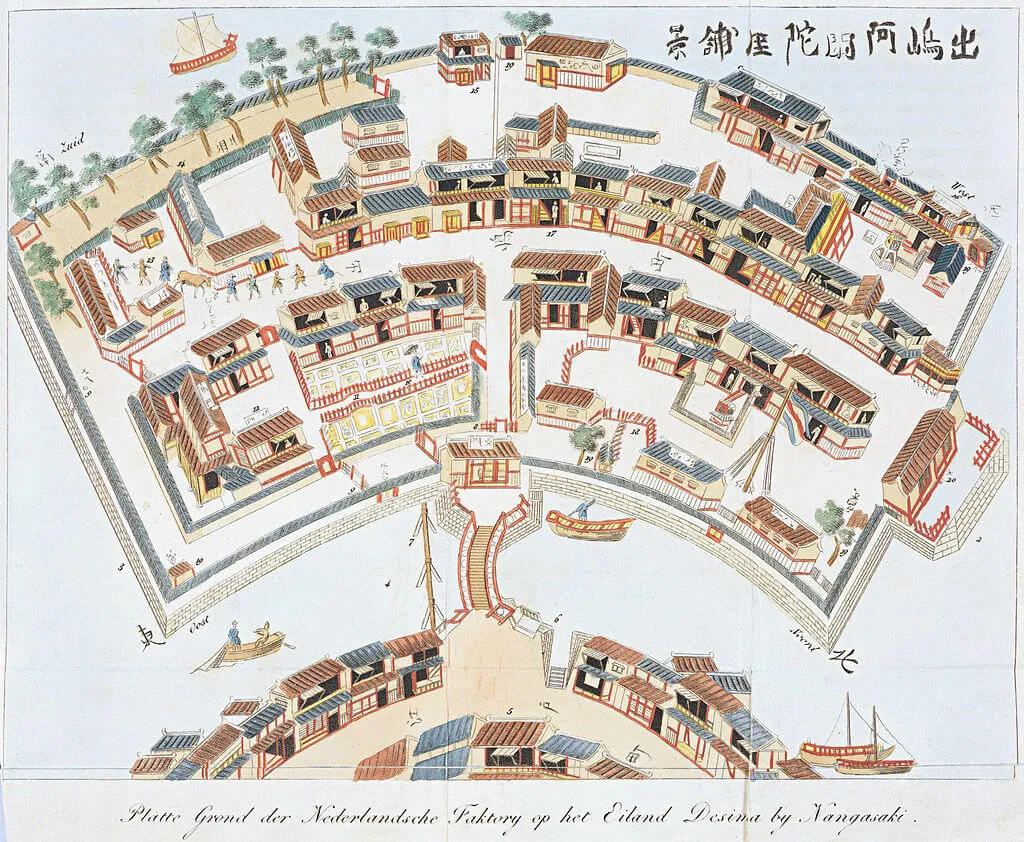
Isaac Titsingh, Public domain, via Wikimedia Commons
And here is another view of Dejima by Nabeshima Hofukai. The fan shaped island where the Dutch flag is flying. Dutch trading vessels would dock over there, not at the broad steps where most of the action is taking place. The main focus of the painting is of the Nagasaki Naval Training Centre where Japanese naval officers were trained by Dutch instructors:
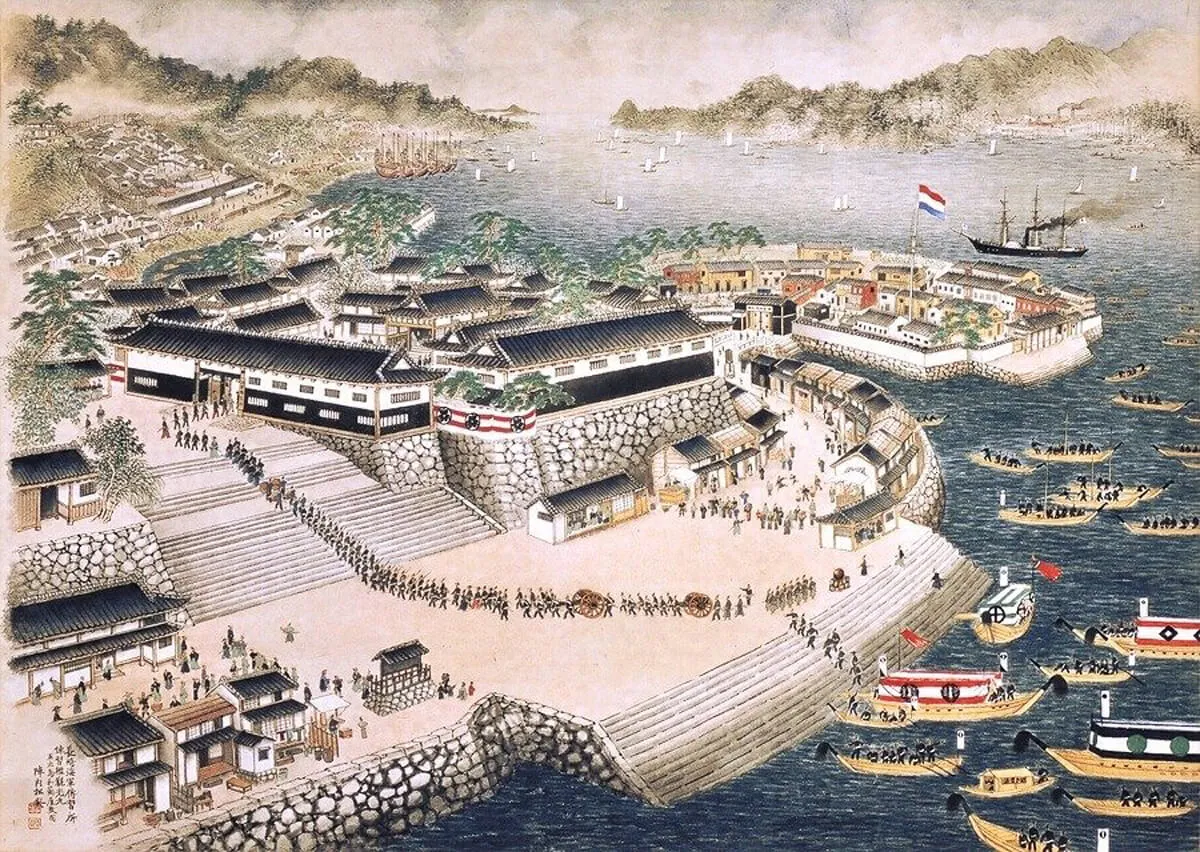
Image creator unknown, Public domain, via Wikimedia Commons
Okay, so we've crossed the bridge and bought our entry tickets. We entered the main street and turned left towards the "East and South Zone". This is the main street looking back towards the "Central Zone," with the "Old Stone Warehouse" to the right, and the "Assistants' Room" on the left:
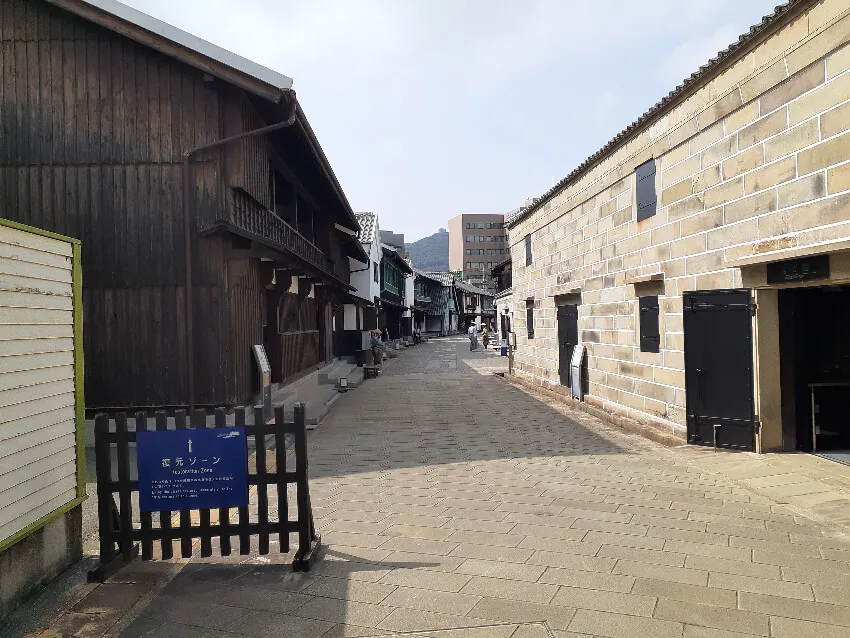
The "Assistants' Room" is where copper bars were weighed and checked before begin exported.
The stone building had an interesting collection of mainly European (especially Dutch) artifacts that had been dug up during the archeological survey of the site, which really brought the experience to life for me.
Heading further East we came to a little garden and reconstructed bridge:
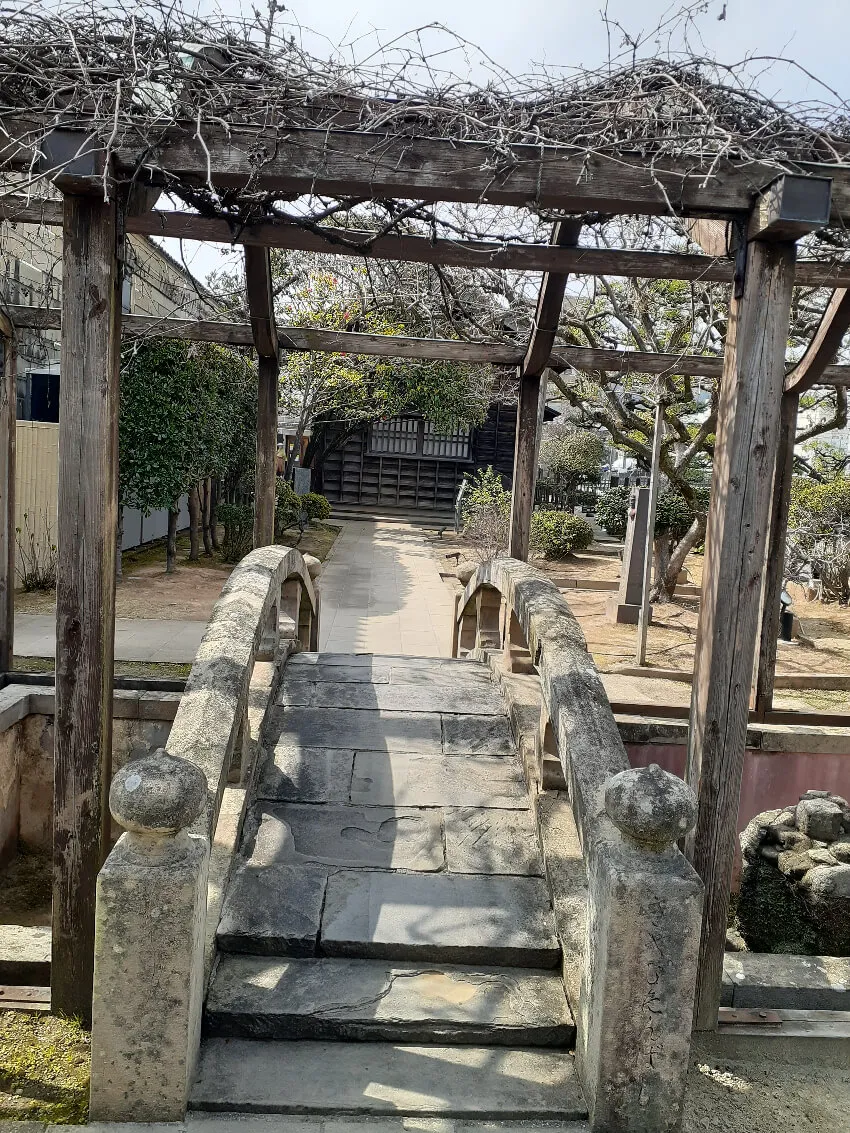
On the far side there is a miniature reconstruction of the whole island of Dejima as it may have appeared in the 19th century:
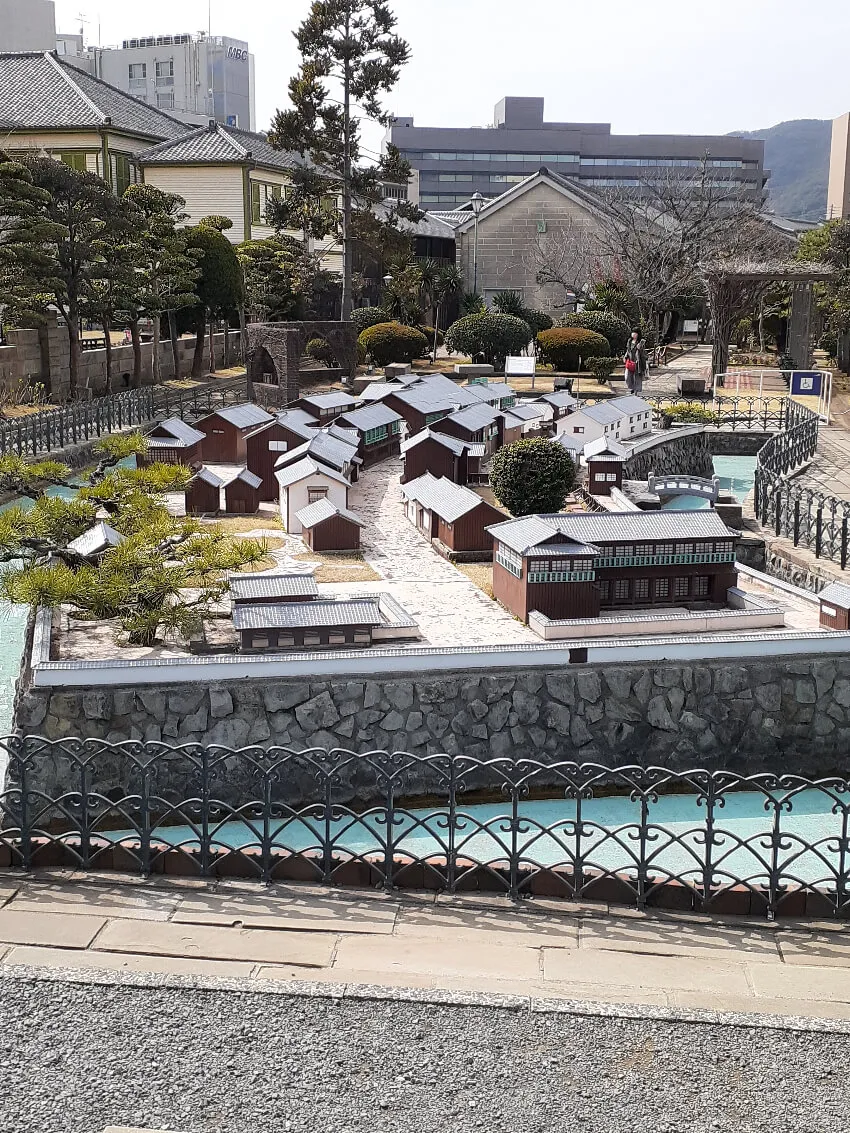
After checking that out we headed back down the main street towards the "West and North Zone." On the way we passed the largest building on the island, a reconstruction of the "Chief Factor's Residence," where the Big White Chief of Dejima lived and entertained Japanese and other guests, apparently.
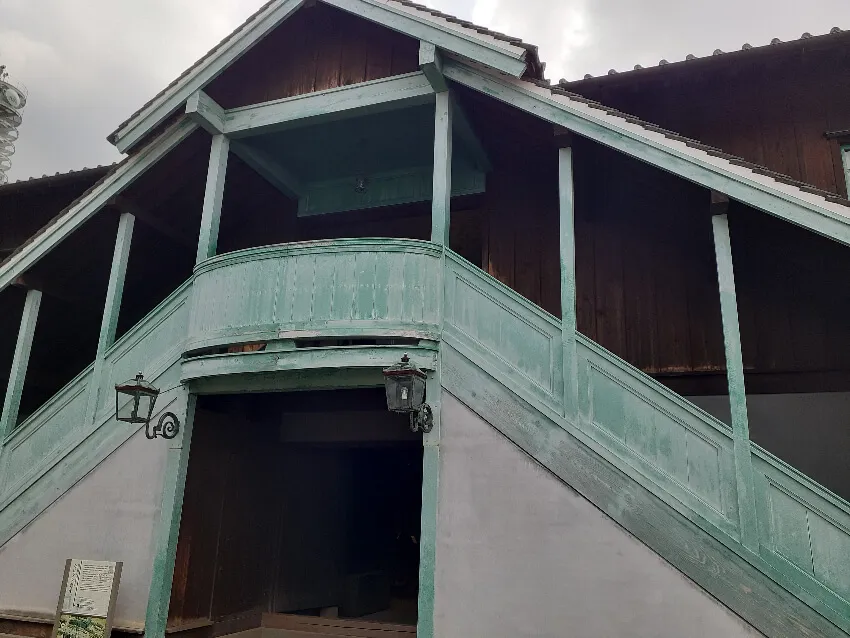
A wider frame view of the same:
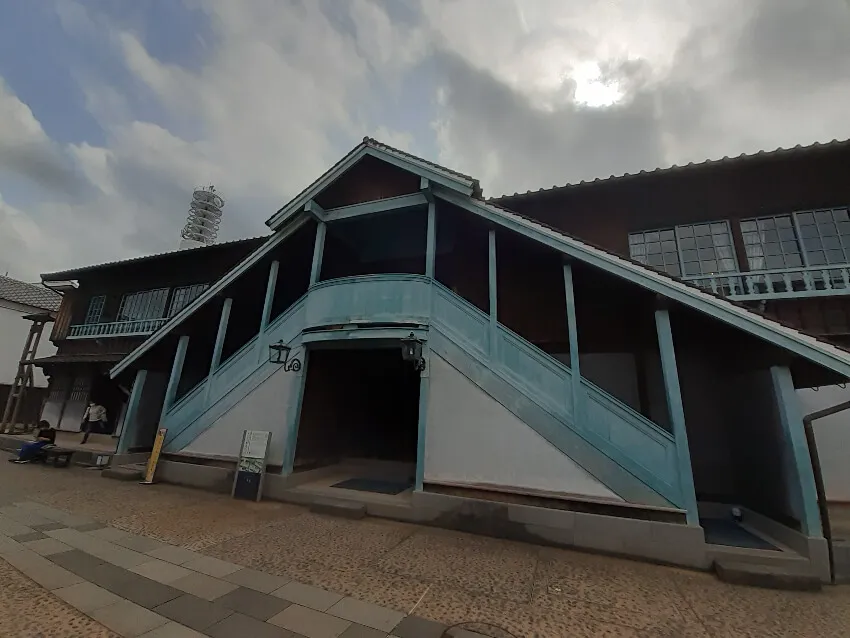
Time For Some Nagasaki Sushi!
All this wandering around left us rather hungry so we strolled back to our hotel where we met up with our daughter and headed off to a local restaurant for some rather good sushi!
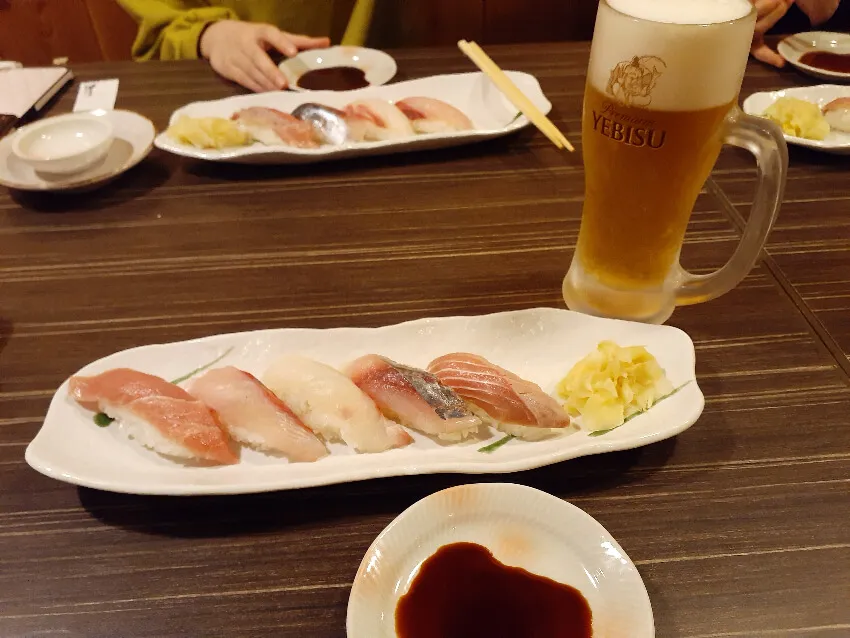
Cheers!
David Hurley
#InspiredFocus
P. S. There is a lot more to see on Dejima that I mentioned here. This website gives a good overview of the site: https://nagasakidejima.jp/english/